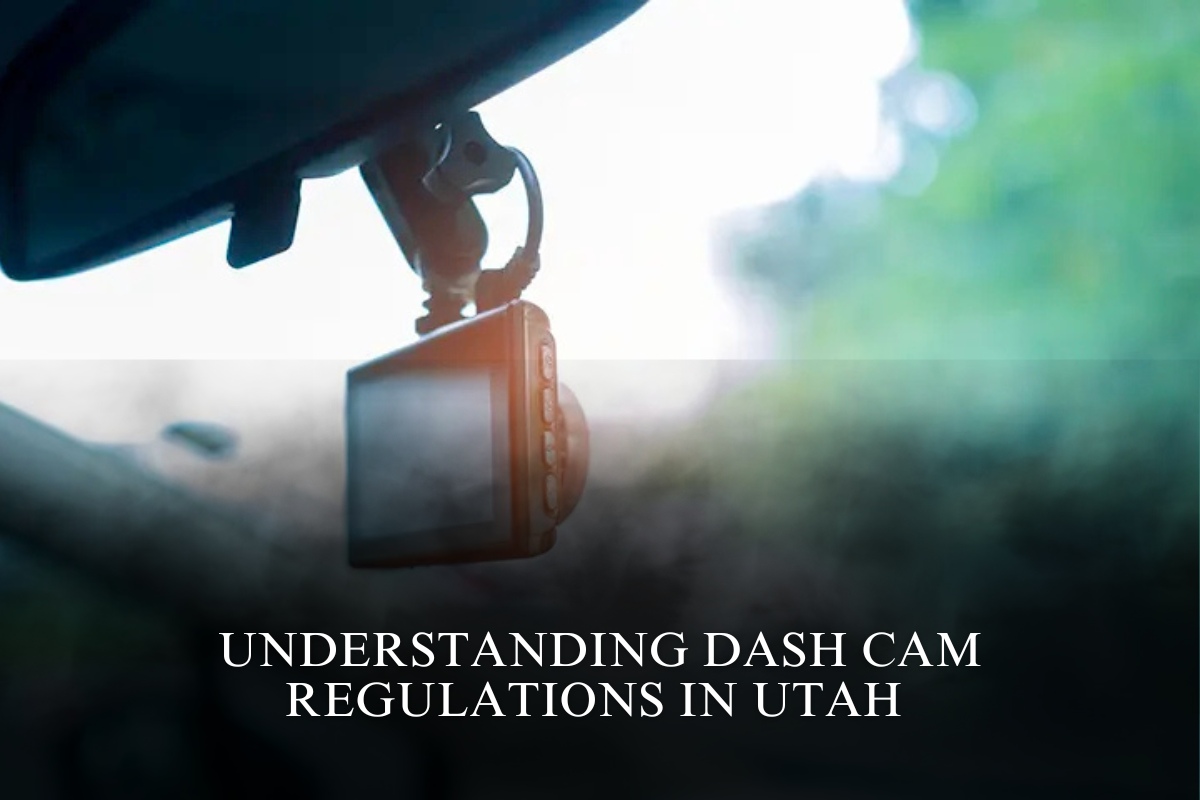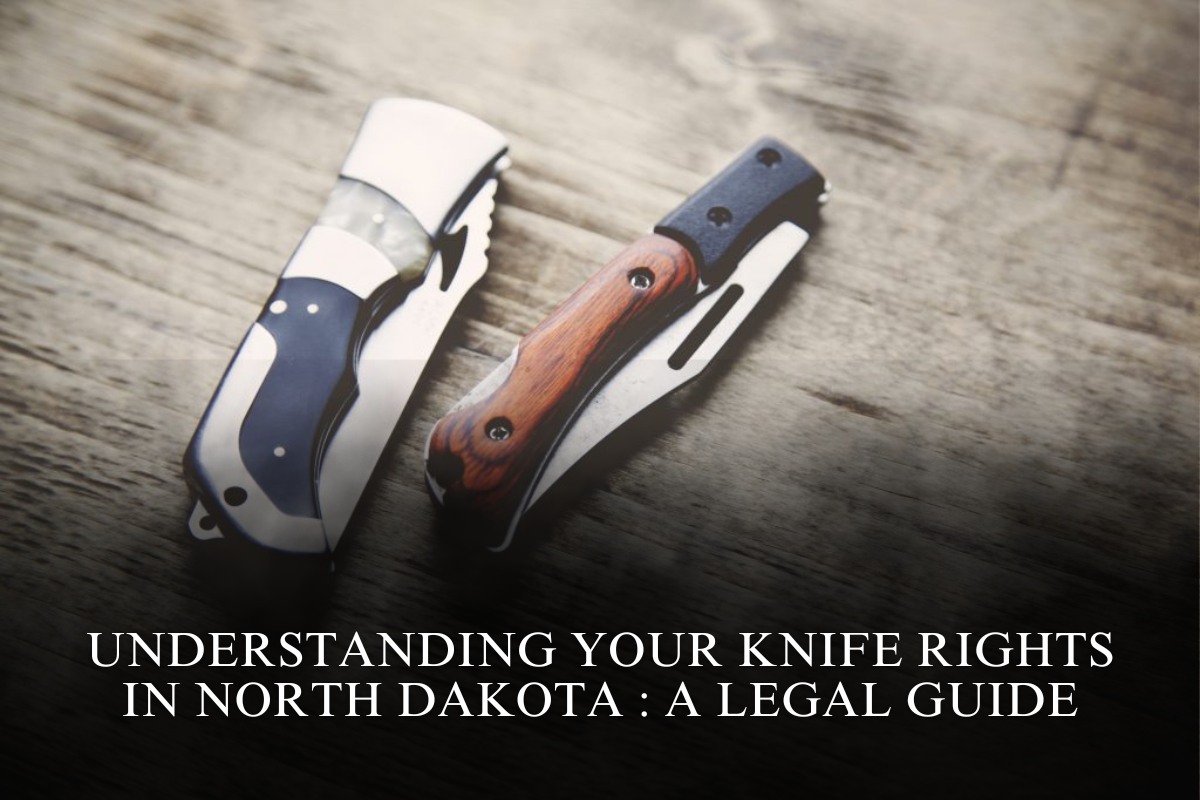Dash cams have become essential tools for drivers across the country, helping provide evidence in case of traffic incidents and promoting safer driving behaviors. In New Mexico, dash cams are legal to own and use in vehicles. However, specific regulations govern where and how these devices can be installed to ensure they do not obstruct the driver’s visibility or violate privacy laws.
Placement and Mounting Requirements
New Mexico law mandates that dash cams must not be mounted on the windshield in a way that obstructs the driver’s view. The best practice is to place dash cams either on the dashboard or near the rearview mirror on the passenger side, typically at the bottom right corner of the windshield if mounted there. This positioning helps avoid blocking any part of the driver’s line of sight, which is crucial for safe driving and compliance with state vehicle safety guidelines.
Window Obstruction Rules
Under New Mexico law, no driver shall operate a motor vehicle with any non-transparent material (which includes dash cams with sizable mounting hardware) on the front windshield or the windows immediately to the driver’s right and left sides that obstruct the driver’s view. If improperly installed dash cams interfere with the driver’s visibility, they can be subject to fines or penalties during a traffic stop or vehicle inspection.
Audio Recording and Privacy Considerations
While video recording with dash cams is widely accepted, audio recording involves additional legal conditions. New Mexico is a one-party consent state for recording conversations, meaning that only one party involved in a conversation needs to consent to audio recording.
Since the driver is part of the conversation inside their vehicle, they can legally record audio within their own car without needing permission from passengers.
Despite this, drivers should be cautious about how recordings are used, particularly if they capture private conversations outside the vehicle or involve individuals unaware of recording, as privacy laws and expectations can vary. It is generally advisable to inform passengers if audio recording is active to maintain transparency and avoid conflicts.
Use of Dash Cam Footage as Evidence
Dash cam recordings in New Mexico are generally admissible as evidence in court proceedings, insurance claims, and traffic disputes, provided the footage is obtained legally and without violating state laws. This evidence can be pivotal in establishing the facts of accidents, disputes over liability, or incidents involving law enforcement.
Restrictions and Best Practices
Avoid placing dash cams where they interfere with airbag deployment zones.
Ensure devices are securely mounted to prevent distraction or detachment while driving.
Regularly check local municipal ordinances, as some cities might have additional restrictions.
Respect others’ privacy, especially when recordings capture more than the driver’s vehicle interior.
Safely Using Dash Cams in New Mexico
Dash cams are legal and encouraged in New Mexico as valuable tools for driver protection and road safety. By following the state’s clear guidance on mounting locations and being mindful of privacy and safety considerations, drivers can effectively utilize dash cams without legal risk.
Proper placement on the dashboard or low on the passenger’s side windshield, combined with awareness of audio recording laws, ensures compliance with New Mexico’s regulations while maximizing the benefits of this technology.
Sources
[1](https://www.ddpai.com/blog/dash-cam-laws/)
[2](https://matrackinc.com/dash-cam-laws-by-states/)
[3](https://gpstrackit.com/blog/what-are-the-dashcam-regulations-in-each-state/)
[4](https://nmlawgiant.com/legal-blog/how-surveillance-and-dash-cams-help-solve-hit-and-run-accidents-in-new-mexico/)
[5](https://www.expertmarket.com/dash-cams/dash-cam-laws-by-state)











